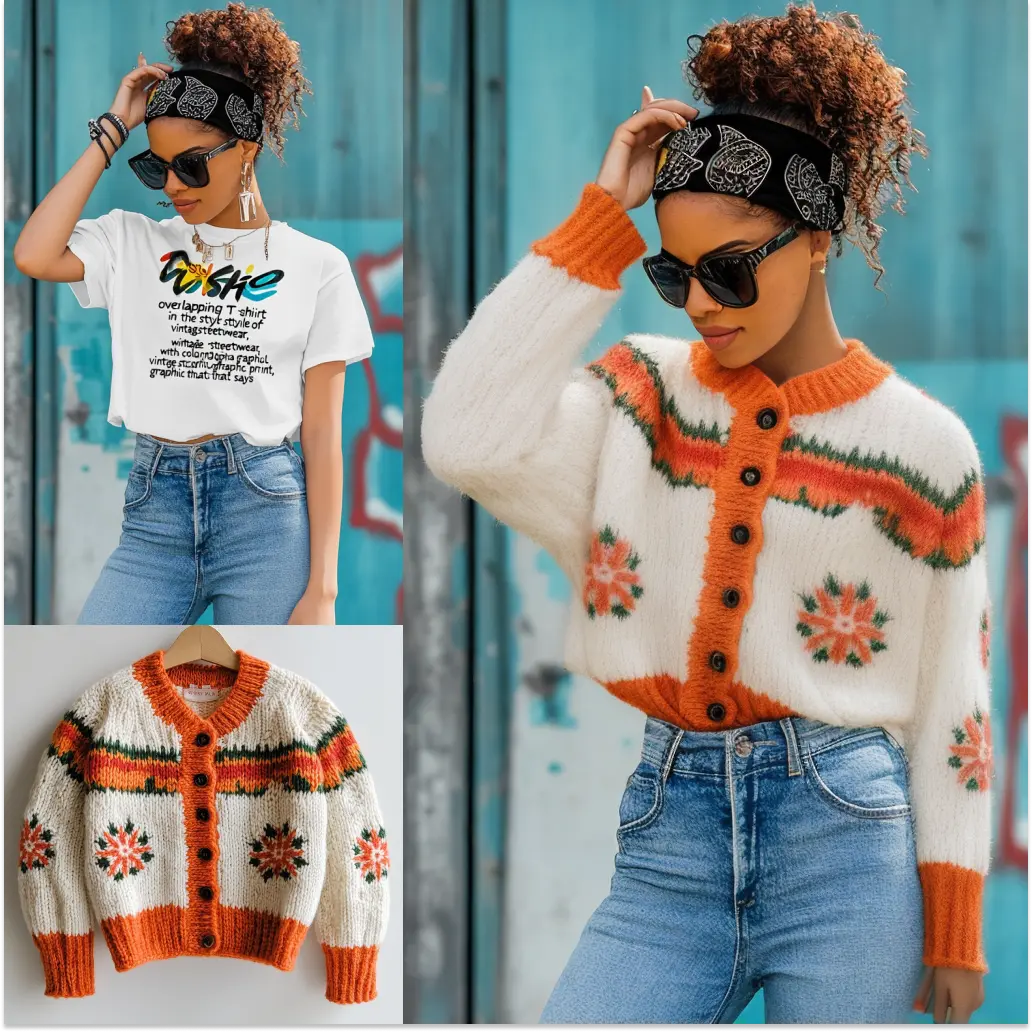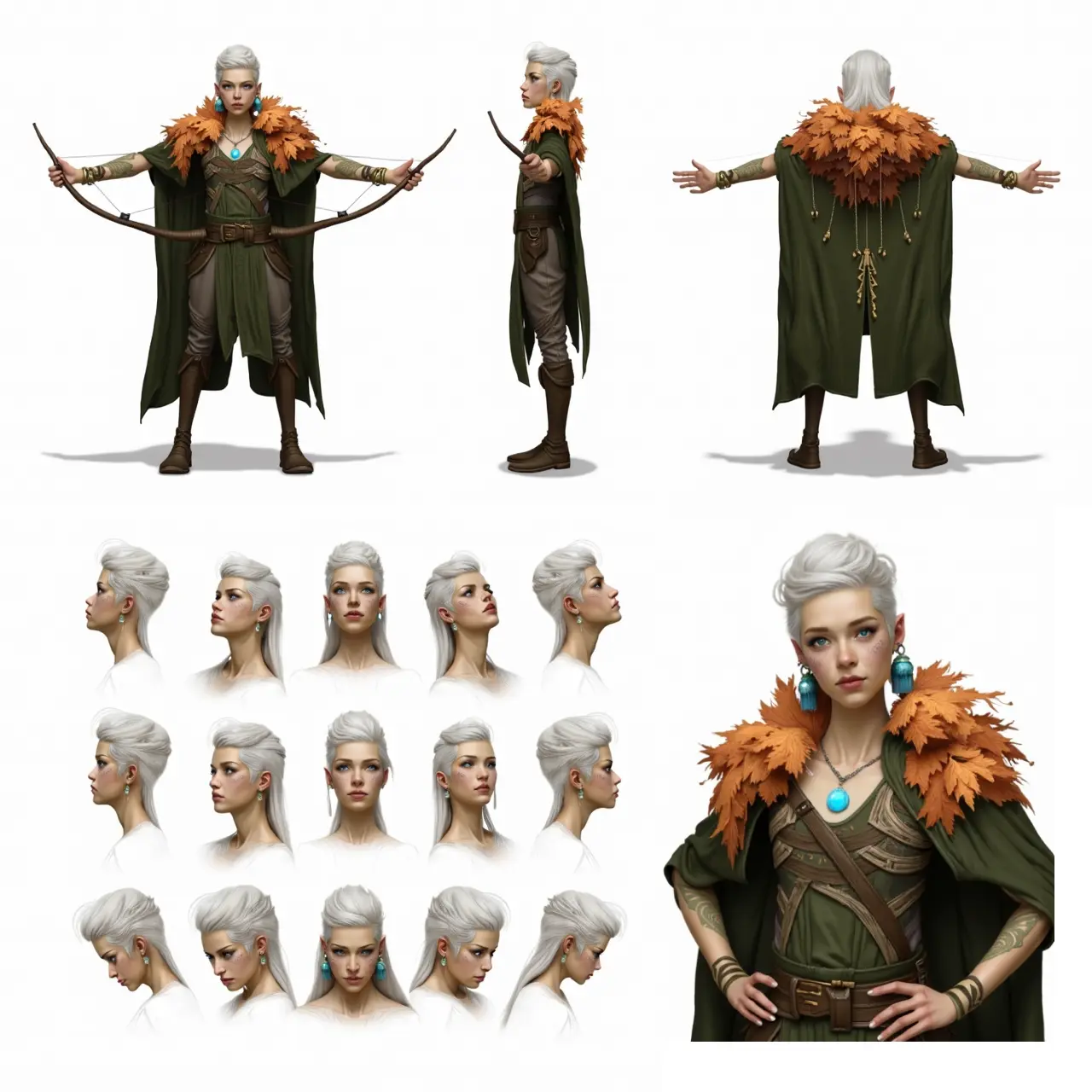ComfyUI Node: EasyLoader (Zero123)
easy zero123Loader
CategoryEasyUse/Loaders
yolain (Account age: 1625days) Extension
ComfyUI Easy Use Latest Updated
2025-03-30 Github Stars
1.46K
How to Install ComfyUI Easy Use
Install this extension via the ComfyUI Manager by searching for ComfyUI Easy Use- 1. Click the Manager button in the main menu
- 2. Select Custom Nodes Manager button
- 3. Enter ComfyUI Easy Use in the search bar
Visit ComfyUI Online for ready-to-use ComfyUI environment
- Free trial available
- 16GB VRAM to 80GB VRAM GPU machines
- 400+ preloaded models/nodes
- Freedom to upload custom models/nodes
- 200+ ready-to-run workflows
- 100% private workspace with up to 200GB storage
- Dedicated Support
EasyLoader (Zero123) Description
Specialized node for loading and managing 3D models in ComfyUI, streamlining integration of model components for AI artists.
EasyLoader (Zero123):
The easy zero123Loader is a specialized node designed to simplify the process of loading and managing 3D models within the ComfyUI environment. This node is particularly beneficial for AI artists who work with 3D assets, as it streamlines the integration of various model components such as VAE (Variational Autoencoder), LoRA (Low-Rank Adaptation), and other model settings. By using the easy zero123Loader, you can efficiently handle complex model configurations and ensure that all necessary elements are correctly loaded and applied, enhancing your workflow and allowing you to focus more on the creative aspects of your projects.
EasyLoader (Zero123) Input Parameters:
vae_name
This parameter specifies the name of the Variational Autoencoder (VAE) model to be used. The VAE is crucial for generating high-quality images by encoding and decoding the data. The correct VAE model can significantly impact the quality of your outputs. There are no specific minimum or maximum values, but it should match the name of an available VAE model.
lora_name
This parameter defines the name of the LoRA model to be applied. LoRA models are used to fine-tune the main model with additional data, allowing for more nuanced and detailed outputs. Ensure that the LoRA model name corresponds to an existing model in your environment.
lora_model_strength
This parameter controls the strength of the LoRA model's influence on the main model. It typically ranges from 0 to 1, where 0 means no influence and 1 means full influence. Adjusting this value allows you to balance the effects of the LoRA model on your final output.
lora_clip_strength
This parameter adjusts the strength of the LoRA model's influence on the CLIP (Contrastive Language-Image Pre-Training) model. Similar to lora_model_strength, it ranges from 0 to 1. This setting helps in fine-tuning the textual and visual coherence of the generated images.
lora_stack
This parameter allows you to stack multiple LoRA models. It is useful when you want to combine the effects of different LoRA models to achieve a more complex and refined output. The value should be a list of LoRA model names.
positive
This parameter contains the positive prompt or text input that guides the model towards generating desired features in the output. It is a crucial part of the input that influences the final image generation.
positive_token_normalization
This parameter specifies the normalization method for the positive tokens. The default value is 'none', meaning no normalization is applied. This setting can affect how the model interprets the positive prompt.
positive_weight_interpretation
This parameter defines how the weights of the positive tokens are interpreted. The default value is 'comfy', which uses a specific interpretation method suitable for the ComfyUI environment.
negative
This parameter contains the negative prompt or text input that guides the model to avoid certain features in the output. It helps in refining the generated images by excluding unwanted elements.
negative_token_normalization
This parameter specifies the normalization method for the negative tokens. The default value is 'none', meaning no normalization is applied. This setting can affect how the model interprets the negative prompt.
negative_weight_interpretation
This parameter defines how the weights of the negative tokens are interpreted. The default value is 'comfy', which uses a specific interpretation method suitable for the ComfyUI environment.
resolution
This parameter sets the resolution of the generated images. Higher resolutions result in more detailed images but require more computational resources. The value should be in the format of width x height.
empty_latent_width
This parameter specifies the width of the empty latent space. It is used when no initial image is provided, and the model needs to generate an image from scratch. The value should be a positive integer.
empty_latent_height
This parameter specifies the height of the empty latent space. Similar to empty_latent_width, it is used when generating an image from scratch. The value should be a positive integer.
batch_size
This parameter determines the number of images to be generated in a single batch. A larger batch size can speed up the generation process but requires more memory. The value should be a positive integer.
compression
This parameter controls the compression level of the generated images. Higher compression reduces file size but may affect image quality. The value should be a positive integer, with higher values indicating more compression.
EasyLoader (Zero123) Output Parameters:
ui
This output parameter provides the user interface elements, including the positive and negative wildcard prompts. These elements are useful for further refining and adjusting the prompts based on the generated outputs.
result
This output parameter contains a tuple with the pipeline, model components, and VAE. It includes all the necessary elements required for generating the final images, ensuring that the model is correctly configured and ready for use.
EasyLoader (Zero123) Usage Tips:
- Ensure that the names of the VAE and LoRA models match exactly with the available models in your environment to avoid loading errors.
- Adjust the
lora_model_strengthandlora_clip_strengthparameters to fine-tune the influence of the LoRA models on your outputs, balancing between the main model and the additional data. - Use the
resolutionparameter to set the desired output image size, keeping in mind the trade-off between image quality and computational resources. - Utilize the
batch_sizeparameter to generate multiple images at once, which can be useful for batch processing and comparing different outputs.
EasyLoader (Zero123) Common Errors and Solutions:
FileNotFoundError: 请更新ComfyUI到最新版本
- Explanation: This error occurs when the required
comfy_extras.nodes_stable3dmodule is not found, indicating that your ComfyUI version is outdated. - Solution: Update ComfyUI to the latest version to ensure compatibility with the easy zero123Loader node.
ModelNotFoundError: Specified VAE or LoRA model not found
- Explanation: This error occurs when the specified VAE or LoRA model name does not match any available models in your environment.
- Solution: Verify the model names and ensure they are correctly spelled and available in your environment.
ValueError: Invalid resolution format
- Explanation: This error occurs when the resolution parameter is not in the correct width x height format.
- Solution: Ensure that the resolution is specified in the format of width x height, such as
512 x 512.
MemoryError: Insufficient memory for batch size
- Explanation: This error occurs when the specified batch size exceeds the available memory.
- Solution: Reduce the batch size to a value that fits within your system's memory capacity.
EasyLoader (Zero123) Related Nodes
RunComfy is the premier ComfyUI platform, offering ComfyUI online environment and services, along with ComfyUI workflows featuring stunning visuals. RunComfy also provides AI Playground, enabling artists to harness the latest AI tools to create incredible art.


